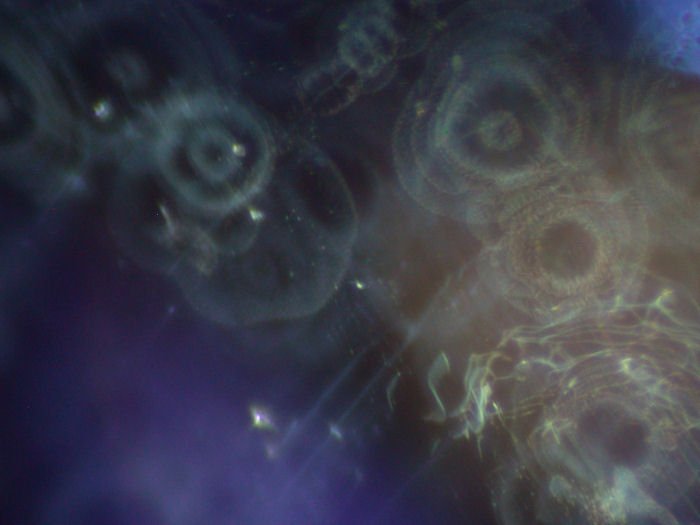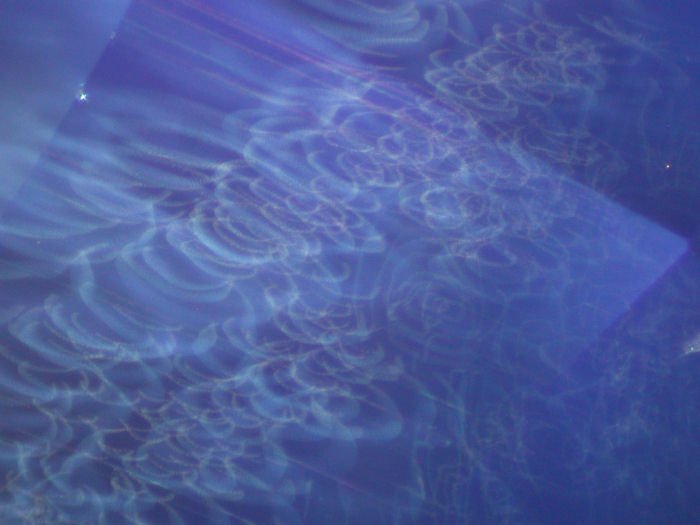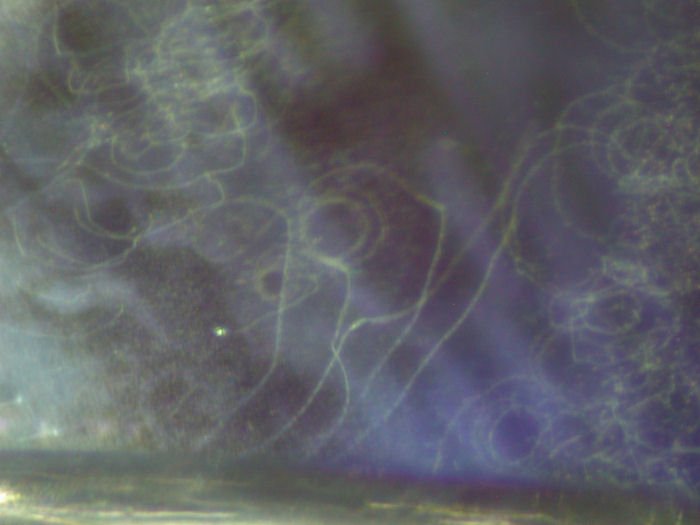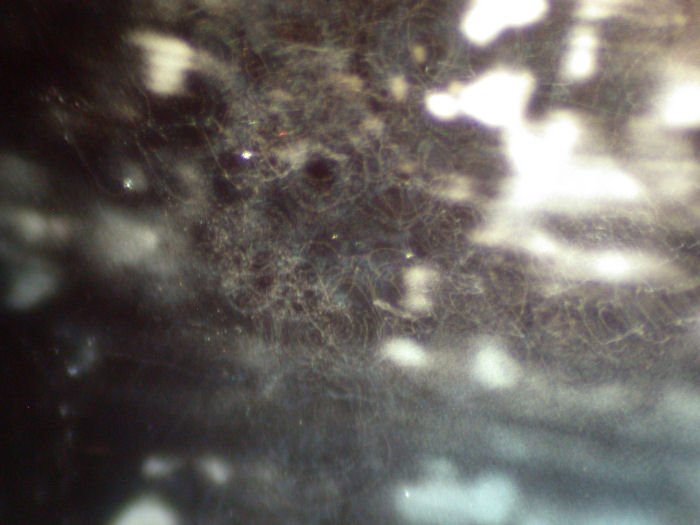Report on the occurrence of a Be-treated blue sapphire of commercial importance
The colour of the Be-treated sapphire matches other types of conventional heated sapphires (low to medium tone, medium saturation, not dark, no greenish overtone, good transparency and brilliancy). The identification occurred during routine Beryllium-testing at GRS. Testing in immersion did show a slight discoloration from blue to grey in the rim of the sapphire. No orange zone was present. The absorption spectrum was consistent with a heat-treated sapphire of low iron-concentrations. During testing by LIBS, high Mg concentrations were found as well as Be-concentrations of approx. 20-50ppm. No further light elements such as Li and B were detected. The following unusual inclusion properties were found in the microscope.

At GRS, this treatment is classified as H(Be) with an additional text regarding scientific details. Other terminology may be found in the trade such as “lattice- diffusion” or Beryllium-treated. Beryllium is introduced into the sapphire by a diffusion process. Other light elements may be also involved such as hydrogen or even magnesium, which is not definitively clear at this point of research. The amount of this material present in the market is unknown.
Fortunately, in this case, the treatment can be easily recognized by its unusual inclusion patterns, so that investigations based on microscopes may provide a help in sorting this material from conventional heated sapphires. In case of doubt, stones may need special testing for positive identification. For a visual help, GRS inclusion microphotographs are provided in this report (fibre optic illumination, 20-60x magnification).
Note: The sapphires which have circular inclusions of the very special kind are a good indication of Beryllium-treatment as far as the work of our lab is concerned. They are very subtle differences between circular inclusions previously seen in heated stones and the once recently appearing. So, naturally this will give some room for misunderstanding. Studying them in the microscope versus just looking on a picture might be difficult as well, because the three-dimensional character of the prominent circular inclusions is difficult to capture in a picture. It must be noted that inclusion may be completely absent and that sapphires from different origins may also have different inclusion properties. For example, blue and milky halos around rutile and zircon appeared in Beryllium-treated sapphires from Madagascar. Again, it may be possible to find them in other heated materials, but for the moment, the ones that appear here in the laboratory are Beryllium-treated.
Dr. A. Peretti
Director of GRS







© 2023, GRS GemResearch Swisslab AG

